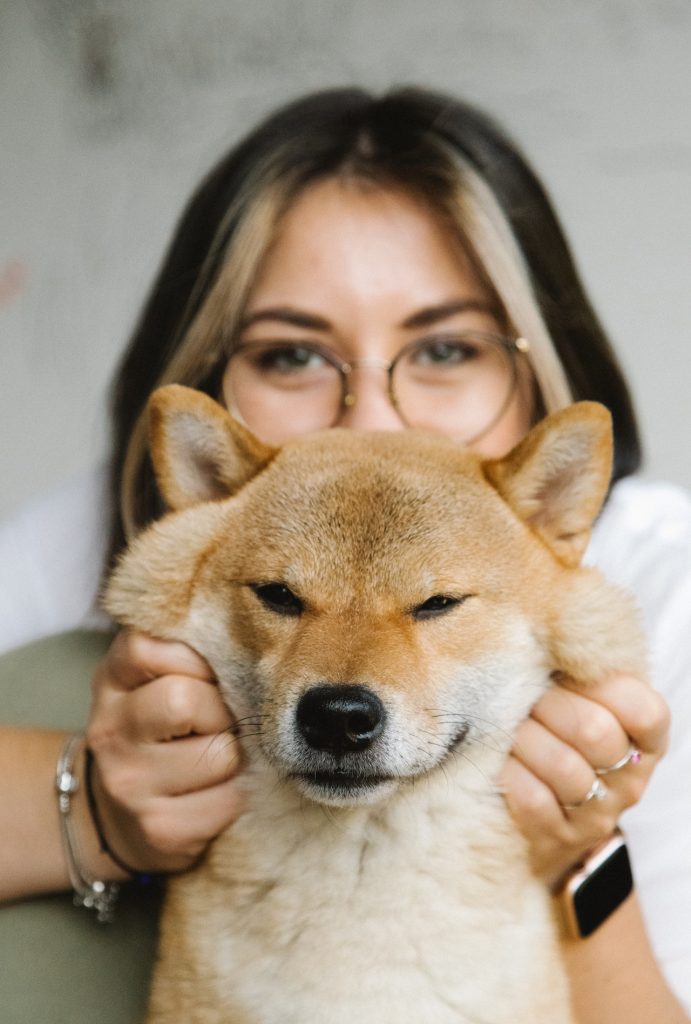Dog hot spots pose a major risk to dog owners and also dogs since they are painful. This article will educate you on how you can easily treat hotspots at home. A dog hot spot, sometimes referred to as acute moist dermatitis, is simply a painful, itchy skin infection that worsens over time in dogs and causes a specific region of the skin to become inflamed or infected. For most cases, a hot spot appears as a moist, oozing, or bleeding, reddish area that is uncomfortable and quite painful for the dog.
How to detect dog hotspots
The most common signs of dog hotspots are oozing, redness, itchiness, pain, and hair loss on a particular area of a dog’s skin. Dogs frequently get hot spots on their faces, behind their ears, or on their legs, paws, arms, and tail bases. These are dog parts that the dog can easily scratch, lick or chew excessively. Hot spots have the nature of developing quickly; they may just arise from nowhere and frequently triple in size in a short period of time.
What is the cause of dog hotspot?
Researchers who specialize in dogs have discovered that dogs who regularly lick or chew on one area of their body can eventually develop hot spots.
When a dog licks or chews the irritated, itchy area repeatedly, it forms an area that looks like an irritant, a flea bite, or a bee sting. This develops into a hotspot eventually. Dogs may develop the habit of chewing and scratching themselves when they are bored or under stress. The hotspot develops as a result of exposure to environmental bacteria but not scratching. These infections develop as a result of bacterial exposure and prolonged exposure to warm, moist conditions.
How to protect your dog from hotspots
The most effective approach to take is prevention. Determine the origin of a dog’s hot spots and take necessary measures, such as getting rid of fleas, altering the dog’s diet, as well as different personal care products. If dog hotspots are primarily brought on by boredom, try increasing activity or finding ways to reduce stress. Sprays created to shield the dog from irritants that turn into hotspots can also be used. To prevent the dog from accessing that area as much, you might cover the place where they like to chew. There are specific dog breeds that are prone to getting hotspots. These are dogs whose fur tend to retain moisture on the skin. They include German shepherd, dogs with heavy, thick coats, Labradors, St. Bernard’s and collies.
How to treat a hotspot at home
Dogs experience numerous hotspots twice throughout their lifespan. The far more essential step when dealing with an already existing hot spot is keeping it dry and preventing the dog from chewing the skin. Since hotspots result in loss of hair in the affected area, it is essential to clear any hairs that remain on the area so as to allow exposure to air.

